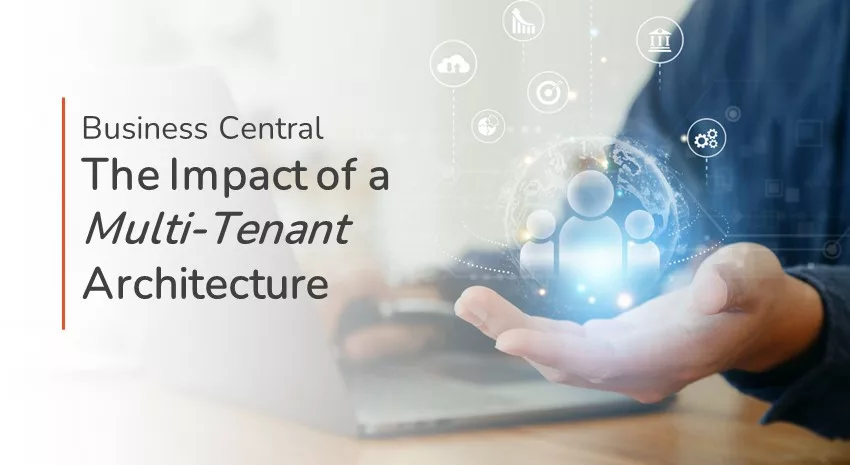Understanding Business Central’s Multi-Tenant Architecture: Customization, Security, and Scalability

Microsoft Business Central is an enterprise resource planning (ERP) software that helps organizations manage their financials, operations, sales, and customer service. Business Central supports single and multitenant deployments. A tenant in Business Central is a dedicated and isolated environment that provides a single instance of the software for an organization to run its business processes efficiently.
A tenant is based on your EntraID (Azure Active Directory account) Business Central (BC) environments or databases, which are single instances of Business Central. Each tenant can hold company-specific data, customizations, extensions, users, and configurations. Tenants are important because they provide a secure and isolated environment for businesses to store their data and run their operations. They also allow for customization and flexibility to meet unique business requirements.
You can think of a tenant as the place where your basic logins to a domain like Microsoft exist. Businesses can have multiple tenants where you can add applications and infrastructure, such as Microsoft 365, Business Central, CRM, Azure servers, etc. All applications will use the same logins on that tenant since they are built on the same active directory. This is why it’s important when upgrading Business Central to ensure that your email logins and Business Central environment are in the same tenant if you want to use the same email addresses for logging in.
This blog post discusses why tenancy is important and how it can benefit your organization.
- Isolation and Security: Each tenant is isolated from others, meaning the data, configurations, and customizations are unique to that specific instance. This isolation helps ensure data security and privacy for each customer.
- Customization and Configuration: Customers can customize and configure their Business Central instance according to their business processes, workflows, and requirements. The tenant serves as a container for these customizations, allowing businesses to tailor the application to their unique needs.
- Multitenancy: Business Central supports a multitenant architecture, which means that multiple customers share the same infrastructure but have separate, independent instances of the application. This enables more efficient resource utilization and scalability for the service provider.
- Updates and Upgrades: Tenants can be updated or upgraded independently. This allows customers to control when and how they adopt new features, improvements, or bug fixes. They can test updates in a sandbox environment before applying them to their production environment. This is important for customers on a subscription plan for SaaS updates. They can test the updates in their test database before having it pushed to production.
- Subscription Management: Tenants are used for subscription management, allowing organizations to subscribe to the services they need and manage their licenses and billing information at the tenant level.
- Scaling Resources: The tenant model allows for flexible scaling of resources based on each customer’s specific needs. This ensures that customers can adjust their resource allocations, such as storage and computing power, to match their evolving requirements.
- Global Reach: Business Central tenants can be deployed in various geographic regions, allowing businesses to comply with data residency and regulatory requirements. This is particularly important for organizations that operate in multiple countries with different data protection laws.
Before procuring a tenant, it’s important to understand the above and ensure all your information will be where you want it.
In summary, the concept of a tenant in Business Central is crucial for providing customization, security, scalability, and flexibility to meet the diverse needs of different organizations using the platform. It allows businesses to have their own dedicated environment while benefiting from the advantages of a shared infrastructure.
Trending Posts
Stay Informed
Choose Your Preferences
"*required" indicates required fields
